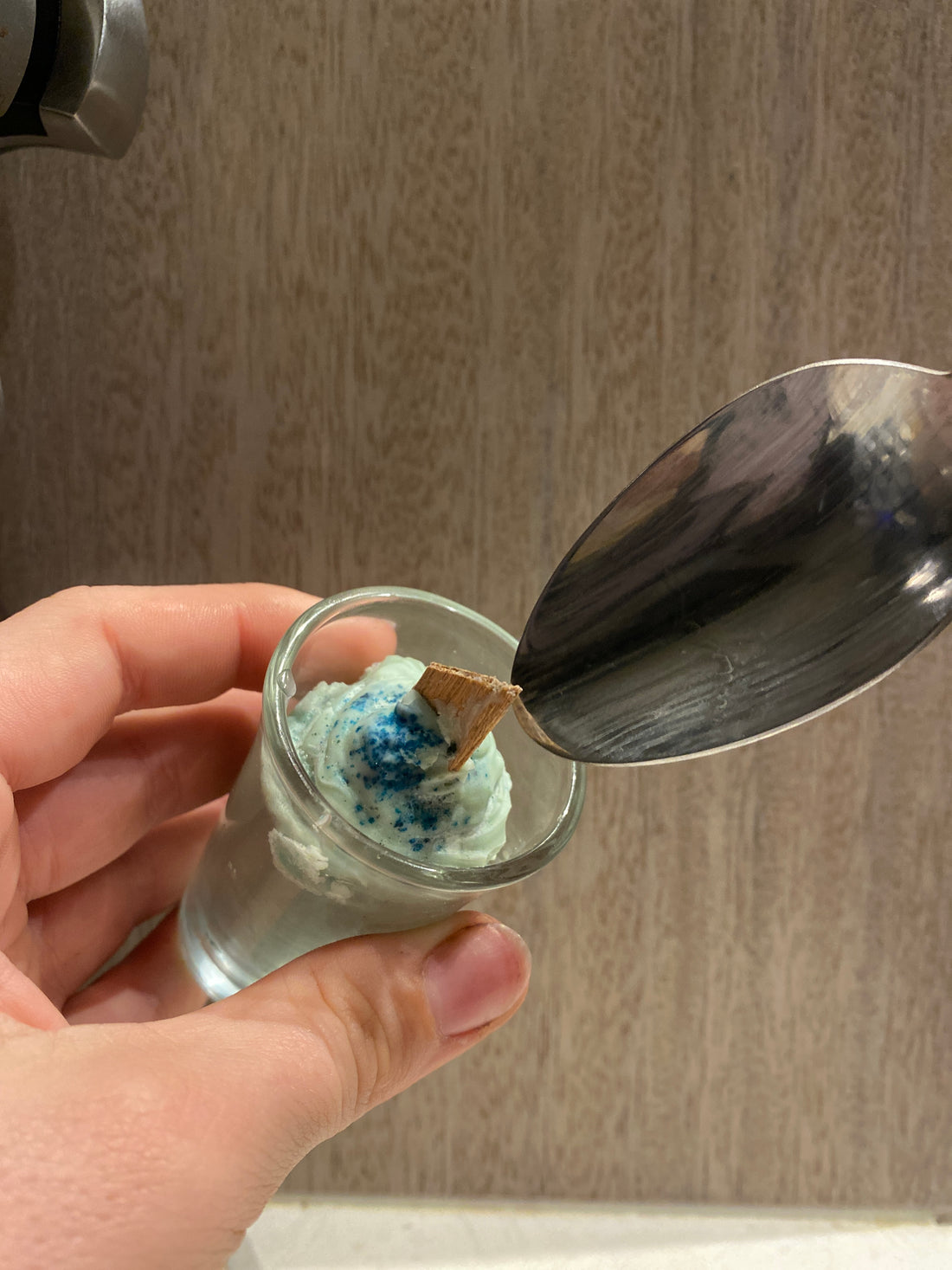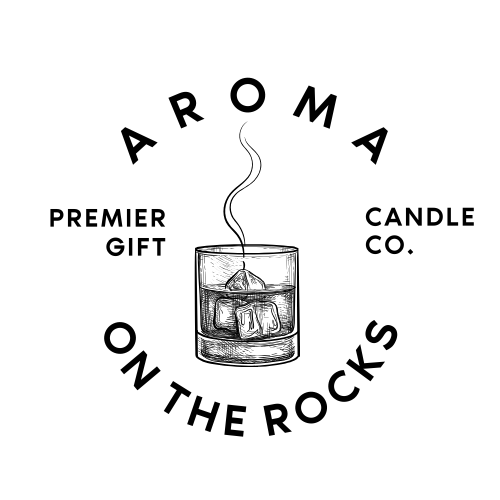
Why You Shouldn't Scrape Your Candles: Safety and Savings
Candles have long been a source of light, warmth, and ambiance, enhancing the atmosphere of any room with their gentle glow and soothing scents. However, if you're someone who finds themselves scraping the wax off your candles to make them last longer or to create a perfect melt pool, you might want to reconsider. Here’s why scraping your candles is not just a bad habit, but potentially hazardous and wasteful.
1. It's a Safety Hazard
Scraping your candles can be a significant safety hazard. When you alter the structure of the candle, you risk creating an uneven burn. This can cause the wick to become unstable, leading to a higher likelihood of flare-ups or irregular burning. Uneven burning can also cause soot, which not only stains walls and furniture but can also pose respiratory issues if inhaled over time. Keeping the candle's surface smooth ensures that it burns evenly and safely, reducing the risk of unexpected flare-ups and excessive soot production.
2. Candles Are Expensive - Don't Throw Out Wax
Candles, especially those made from high-quality materials, can be quite costly. When you scrape off the wax, you're essentially throwing money away. Each bit of wax that you remove is potential burn time lost. Instead of scraping, consider allowing your candle to burn for longer periods during each use. This way, you ensure that the wax melts evenly across the surface, maximizing the candle's lifespan and your investment.3. You Can Drown Your Wick
One of the most common issues with scraping candles is drowning the wick. When you remove wax unevenly, it can cause the wick to sit too low in the wax pool. As the candle burns, the melted wax can flood the wick, extinguishing the flame or making it difficult to relight. A drowned wick is not only frustrating but also renders the candle useless unless you go through the hassle of digging out the wick or removing excess wax—neither of which are easy tasks.4. Uneven Wax Can Cause Vessel Damage
An often-overlooked consequence of scraping your candles is the potential damage to the vessel. When you create an uneven wax surface, certain areas of the vessel may become excessively hot. This is especially problematic when you try to use methods like aluminum foil domes to create a new melt pool. The heat can concentrate unevenly, causing the vessel to overheat. In the worst-case scenario, this can lead to the vessel melting surrounding objects or even shattering. Shattered glass or ceramic can be extremely dangerous, posing a risk of injury and creating a significant mess to clean up.Alternatives to Scraping Your Candles
Instead of scraping your candles, consider these safer and more effective alternatives:- **Trim the Wick**: Before each use, trim the wick to about 1/4 inch. This helps ensure a steady flame and even burning.
- **Allow Full Melt Pools**: Allow your candle to burn long enough for the entire surface to melt evenly during each use. This prevents tunneling and makes sure you use up all the wax.
- **Use Candle Warmers**: Candle warmers can be a great way to enjoy the scent of your candle without lighting it. This method also helps use all the wax without any of the safety risks associated with scraping.
Scraping your candles might seem like a quick fix to prolong their life or achieve a perfect melt pool, but it introduces a host of problems that can lead to safety hazards, wasted wax, drowned wicks, and damaged vessels. By adopting better candle care practices, you can enjoy the full lifespan of your candles safely and economically. Remember, a well-maintained candle not only burns brighter but also lasts longer, giving you more value and enjoyment from your investment.
